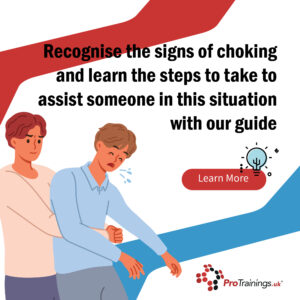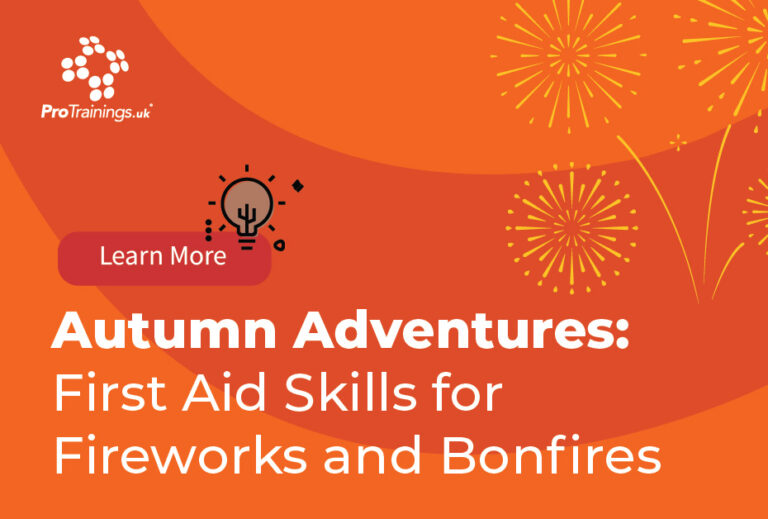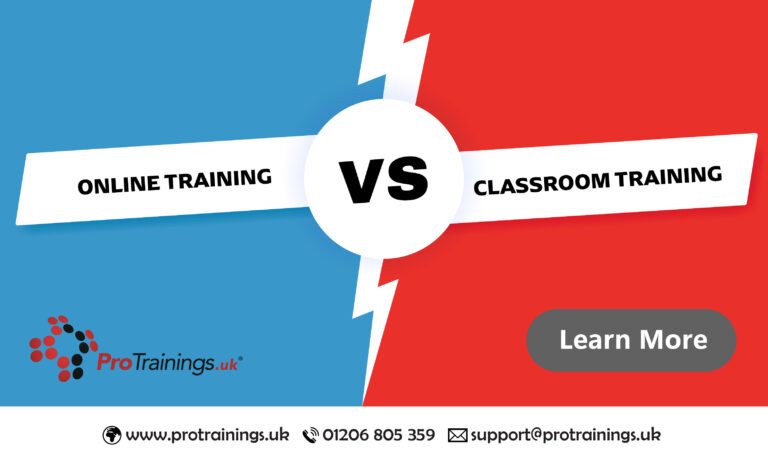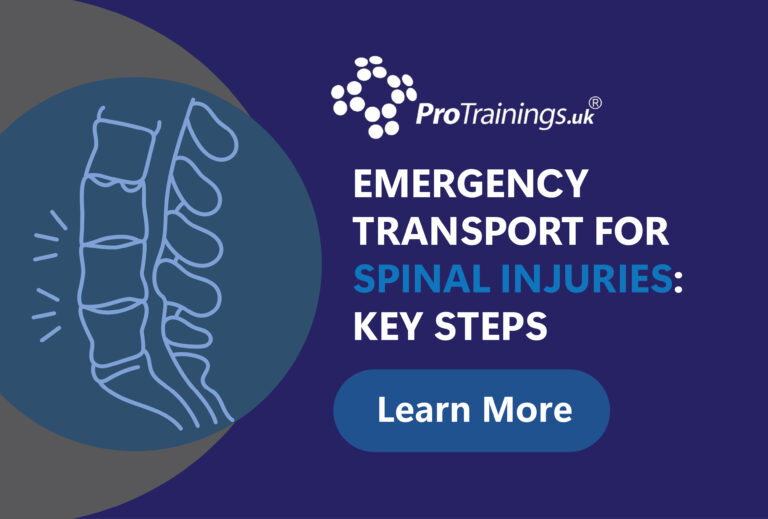Choking: How to Recognise and Respond to a Choking Emergency
Choking is a serious medical emergency that occurs when an object becomes lodged in the throat or airway, preventing normal breathing. Acting quickly and correctly can save a life, whether the casualty is an adult, child, or infant. This guide will help you recognise the signs of choking and the steps to take to assist someone in this situation.
What is Choking?

Choking happens when the airway is blocked, either partially
or completely, by a foreign object, such as food or a small item. A partial blockage may allow some airflow, meaning the person can still cough and breathe, while a complete blockage cuts off the airway, preventing breathing entirely.
Signs of Choking
- Mild (Partial) Airway Obstruction:
- The person can cough forcefully.
- They may be able to speak or breathe, although with difficulty.
- Coughing may dislodge the obstruction.
- Severe (Complete) Airway Obstruction:
- The person cannot cough, speak, or breathe.
- They may clutch their throat (the universal sign for choking).
- Their face may turn red or blue as oxygen decreases.
- They may lose consciousness if the blockage is not cleared quickly.
First Aid for Choking
For Adults and Children Over One Year Old:
- Assess the Situation:
- Ask the person if they are choking.
- If they can cough, encourage them to continue coughing to try to dislodge the object.
- If they cannot cough, speak, or breathe, they need immediate help.
- Give Back Blows:
- Stand behind the person, slightly to one side.
- Support their chest with one hand and lean them forward so the object can come out of their mouth.
- With the heel of your other hand, give up to 5 sharp back blows between their shoulder blades.
- Check after each blow if the obstruction has been cleared.
- Give Abdominal Thrusts (Heimlich Manoeuvre):
- Stand behind the person and wrap your arms around their waist.
- Make a fist with one hand and place it just above the person’s belly button.
- Grasp your fist with your other hand and pull sharply inwards and upwards.
- Repeat up to 5 abdominal thrusts.
- Check if the blockage has been dislodged after each thrust.
- Repeat the Cycle:
- Continue alternating between 5 back blows and 5 abdominal thrusts until the object is expelled or the person becomes unresponsive.
- If the Person Becomes Unconscious:
- Lower them gently to the ground.
- Call 999 immediately or ask someone else to call.
- Begin CPR, starting with chest compressions. Chest compressions can help dislodge the object.
- If you see the object in the person’s mouth, try to remove it, but do not finger sweep in case the patent regains consciousness and bites down. Be careful not to push it further down the throat.
For Infants Under One Year Old:
- Lay the Infant Face Down:
- Hold the infant face down along your forearm, supporting their head and neck.
- Ensure their head is lower than their chest.
- Give Back Blows:
- Use the heel of your hand to give up to 5 back blows between their shoulder blades.
- After each blow, check to see if the object is dislodged.
- Turn the Infant Over:
- If the object has not been cleared, turn the infant face-up, supporting their head.
- Give Chest Thrusts:
- Use two fingers to give up to 5 chest thrusts in the centre of the chest, just below the nipples.
- Check after each thrust if the obstruction has been cleared.
- Repeat the Cycle:
- Continue alternating between 5 back blows and 5 chest thrusts until the object is expelled or the infant becomes unresponsive.
- If the Infant Becomes Unconscious:
- Call 999 immediately or ask someone else to call.
- Begin infant CPR, starting with chest compressions, as chest compressions may help dislodge the object.
- If you see the object in the infant’s mouth, remove it carefully.
Prevention Tips
To reduce the risk of choking:
- Cut food into small, manageable pieces, especially for children and the elderly.
- Avoid giving young children hard foods like nuts, grapes, and raw carrots.
- Keep small objects and toys out of reach of children.
- Encourage chewing food thoroughly and discourage talking or laughing while eating.
Key Points to Remember
- Mild airway obstruction: Encourage the person to cough.
- Severe airway obstruction: Act immediately with back blows and abdominal thrusts (or chest thrusts for infants).
- Continue efforts until the object is expelled or the casualty becomes unresponsive.
- Call 999 and begin CPR if the person becomes unconscious.




